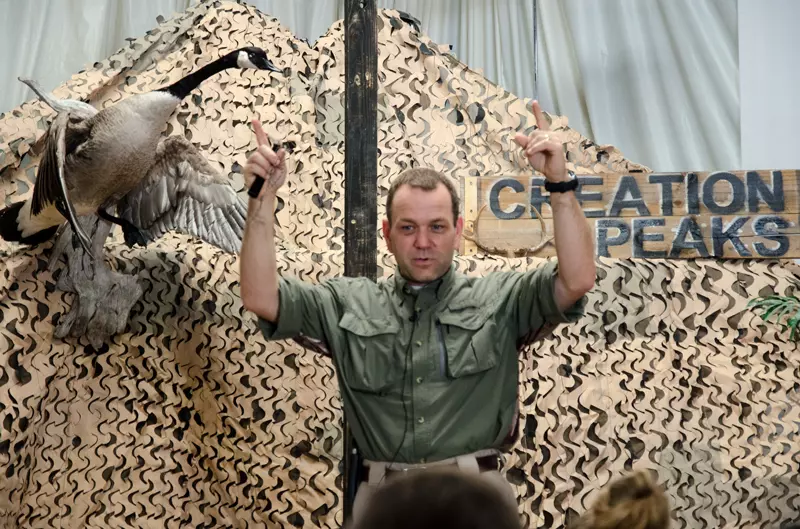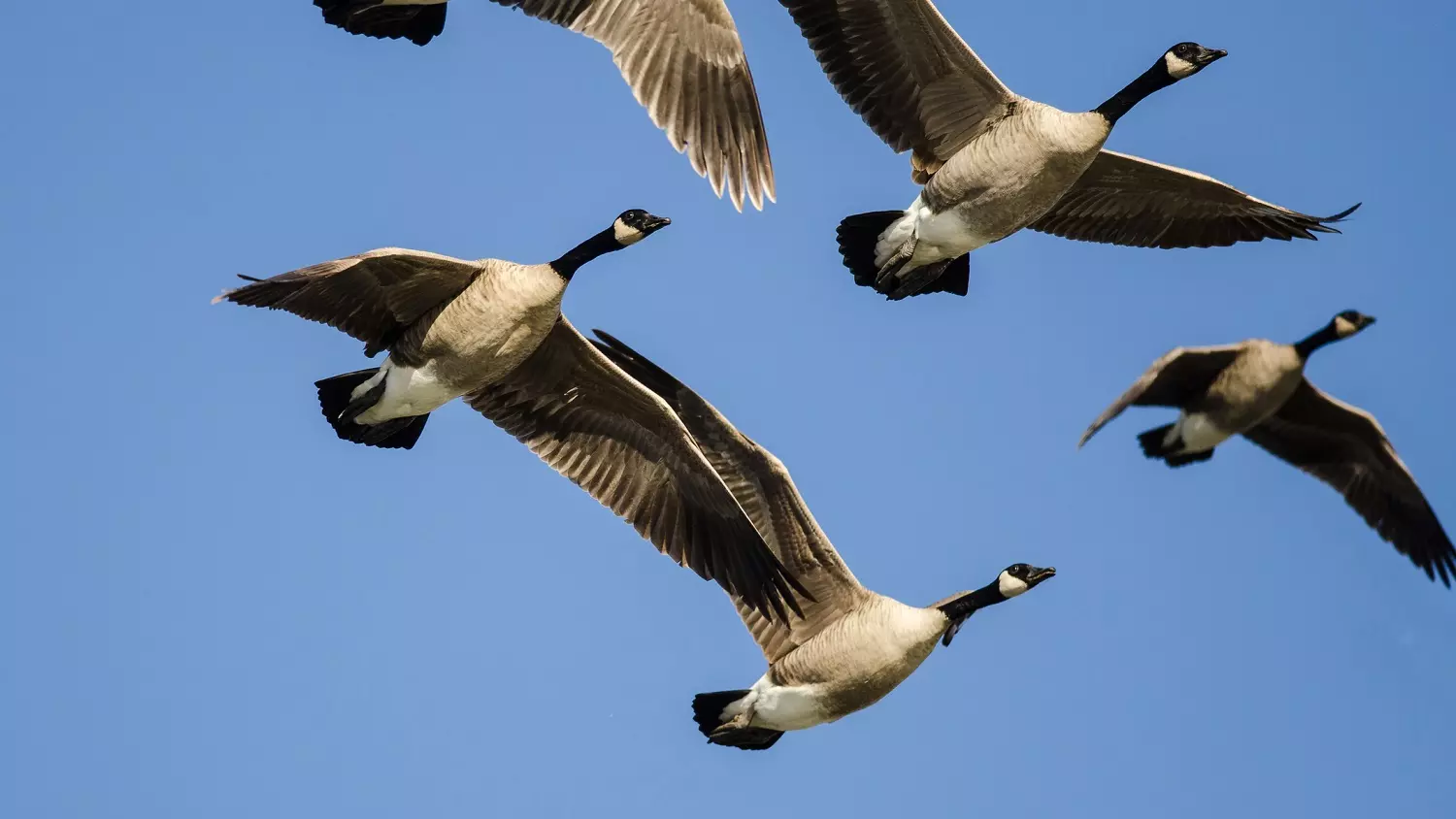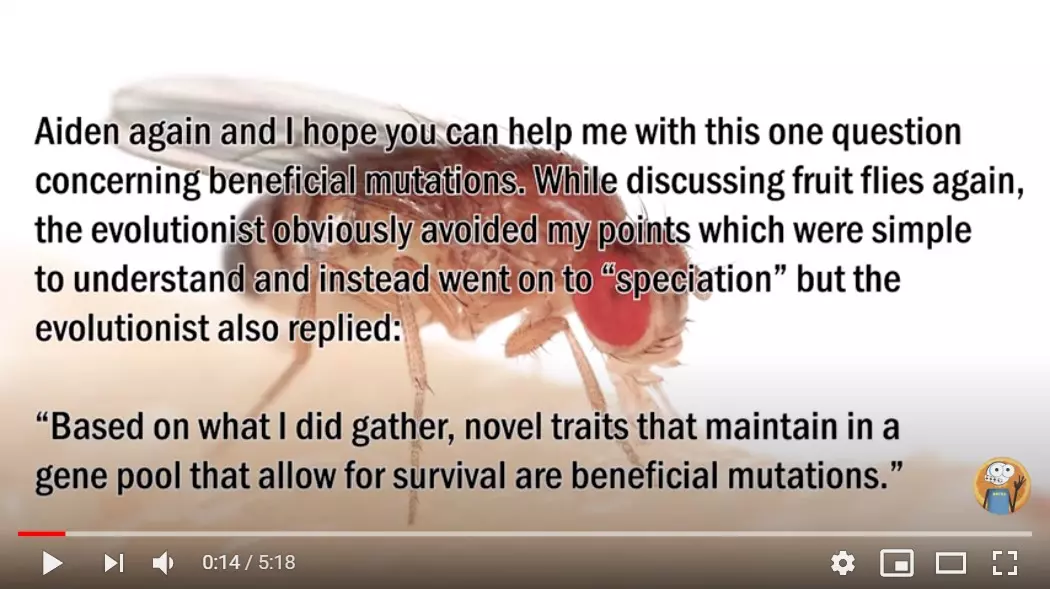[Originally published as Here am I…Where Are You]
But if our gospel be hid, it is hid to them that are lost. 2 Corinthians 4:3
Always Honking
The geese are talking to one another. Each is saying to its companions, “Here am I… where are you? Here am I… where are you?” Aloft in storm and cloud, the voices hold the flock together. They speak out loudly against wind and distance so that others of their kind, strayed or lost, may know the way. Under fair sky the calls continue for reassurance and to reassure. “Come along, do not tire. We are on the right course and will soon stop for rest.” It is no fable, but a truth of nature; experienced elders lead the way. ~from Magnificent Voyagers, Waterfowl of North America
“Honk…honk…honk!” Before you ever see the birds’ characteristic black heads and white cheek patches, you can hear and identify Canada Geese coming as they honk across the sky in their typical V-shaped pattern. It seems Canada Geese are always vocal; on the ground, in the air, while feeding, when waking up, just before they sleep… they are always honking.
Because they are found in so many places, they are one of the most recognized birds throughout the United States. They are certainly not limited to wildlife refuges and make habitats of local parks, subdivisions, farm fields, school campuses, soccer fields and golf courses. But no matter where they are found, they are always honking. “Honk…honk…honk!”
So that begs the question: what are they honking about? What are they saying?
Biologists tell us they honk to keep family groups together; they honk to communicate rest or feeding areas; they honk to alert others of danger or predators; or, especially the younger birds, they just “go off with a jag of honking that seems to serve no other purpose than sheer exuberance—the expression of joy and excitement over the ability to fly with their friends and family.”
Migration Hazards
 While there are some resident Canada Geese that do not migrate, many travel some distance in the spring and fall. With a favorable wind, they can cover 1,500 miles (Atlanta to Chicago and back!) in just 24 hours. Flights usually begin at dusk, but may begin any time of day, and birds fly both night and day.
While there are some resident Canada Geese that do not migrate, many travel some distance in the spring and fall. With a favorable wind, they can cover 1,500 miles (Atlanta to Chicago and back!) in just 24 hours. Flights usually begin at dusk, but may begin any time of day, and birds fly both night and day.
They fly in the characteristic V formation, with experienced individuals taking turns leading the flock. These noisy groups honk their way along established paths that include designated “rest stops.”
Birds face many hazards during migration. With frequent severe weather and high winds, some may get blown off course or get caught in a storm. Some birds don’t have enough food or fat stored to complete the trip and are forced to land. Inexperienced birds may chart a wrong course and fatally collide with tall buildings, windows, and other structures—or risk being shot by hunters.
Even the stork that flies across the sky knows the time of her migration, as do the turtledove, the swallow, and the crane. They all return at the proper time each year. ~Jeremiah 8:7
Keeping It Together
It is during the hardships of migration that honking becomes so important to Canada Geese. The blinding snow and rain or thick fog may make it impossible to see one another. So, as they toil through the sky, they honk to keep their flock together. “Each is saying to its companions, ‘Here am I… where are you? Here am I… where are you?’”
The experienced elder goose is leading the way with his honking, while the others follow honking encouragement to the others to keep to the course and not quit the flight. The grounded geese that left the flock because of weariness or injury can hear the incessant calling, “Here am I… where are you?” and rejoin their migrating families.
It is the duty of those still in flight and on course to call out to their lost and weary relations to come back and return to the path.
Calling Out to Others
 In society, many around us may fly the wrong course or succumb to the hazards of life: failure and defeat, drugs and alcohol, apathy or crime.
In society, many around us may fly the wrong course or succumb to the hazards of life: failure and defeat, drugs and alcohol, apathy or crime.
We have a duty to our fellow man to fly the right course and to lead them in a safe direction. We are to be leaders in our schools, on our jobs, in our families. We have a duty to not leave behind the weak and weary, and to help others to the safe places of rest and success that have been shown to us.
As Christians, we all have a duty to “honk” as the Canada Goose: “Here am I…where are you?” There are many—family members, friends, coworkers, schoolmates—that are lost and on the wrong course. They will never find the right course and follow Jesus if we, the ones that know the right path, don’t call out to them to follow.
The New Living Translation of Romans 10:14 states, “But how can they call on him to save them unless they believe in him? And how can they believe in him if they have never heard about him? And how can they hear about him unless someone tells them?”
If we remain silent, they will never find the way. “If our gospel is hid, it is hid to them that are lost.” They will die in their sins and be lost forever.
We may even know Christian brothers and sisters that are facing the storms of life or feel too weary and tired to continue. Our clear call to them as we remain steadfast on the path is an encouragement to press on. Or perhaps they have even backslidden, forsaking the faith and have quit back to a life of sin. Our constant, clear call of “Here am I…where are you? Here Am I…where are You?” makes it ever known to them to where they can return when they tire of the life of sin.
Where Are You?
Before you can lead others and call “Here am I…,” do you know where you are heading? Are you on the narrow path that leads to life? If not, follow the voice of the Savior who “calls you out of darkness into His wonderful life” (I Peter 2:9). And if you do know the course, never quit your duty of calling out to those who are lost or weary. Like the geese that seem to never quit honking, so should you never cease making the call: “Here am I…where are you? Here am I…where are you?”








What a great article! I love how you are able to seamlessly weave your knowledge of nature into the gospel. Great job…. keep it up!
Thanks so much Mr. Corley!
In this context it’s ok to “toot your own horn” so others can hear and see where you are and where you’re going. This message is especially timely during COVID since people are isolating. We have to make extra effort to connect and keep each other on course. Thanks Mr. Wise for pointing out this lesson from nature!
Honk if you love Jesus!! I’ll never read the bumper sticker the same again.
Our “honking” may make us a target and some may call it obnoxious, but without it, the lost or wounded may never find help or be able to reconnect.
This helps me understand how speaking out about Jesus is courageous, compassionate, and very practical.
I hadn’t thought of that! I’ll have to add the bumper sticker slogan next time I teach this lesson. Thanks!